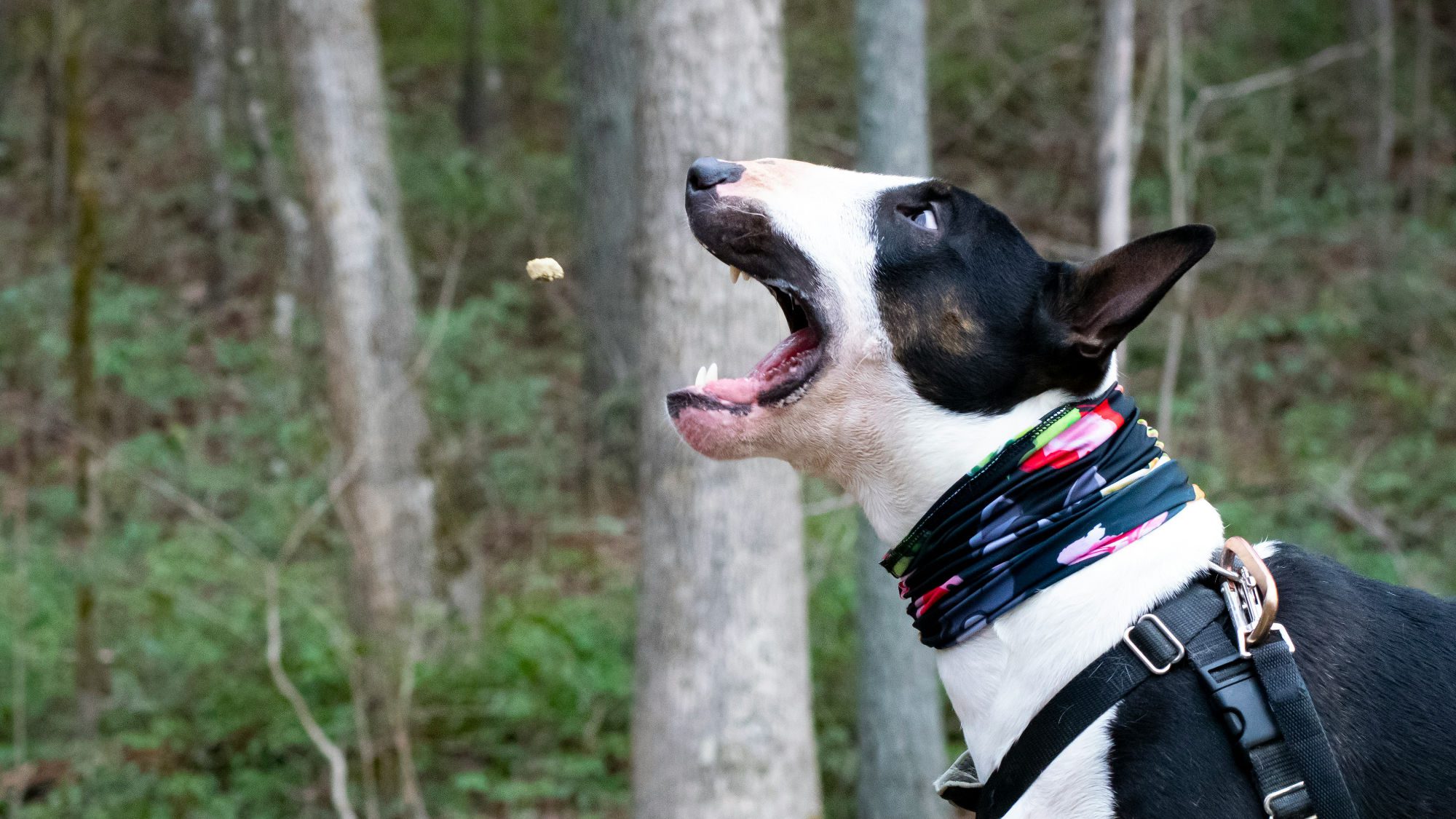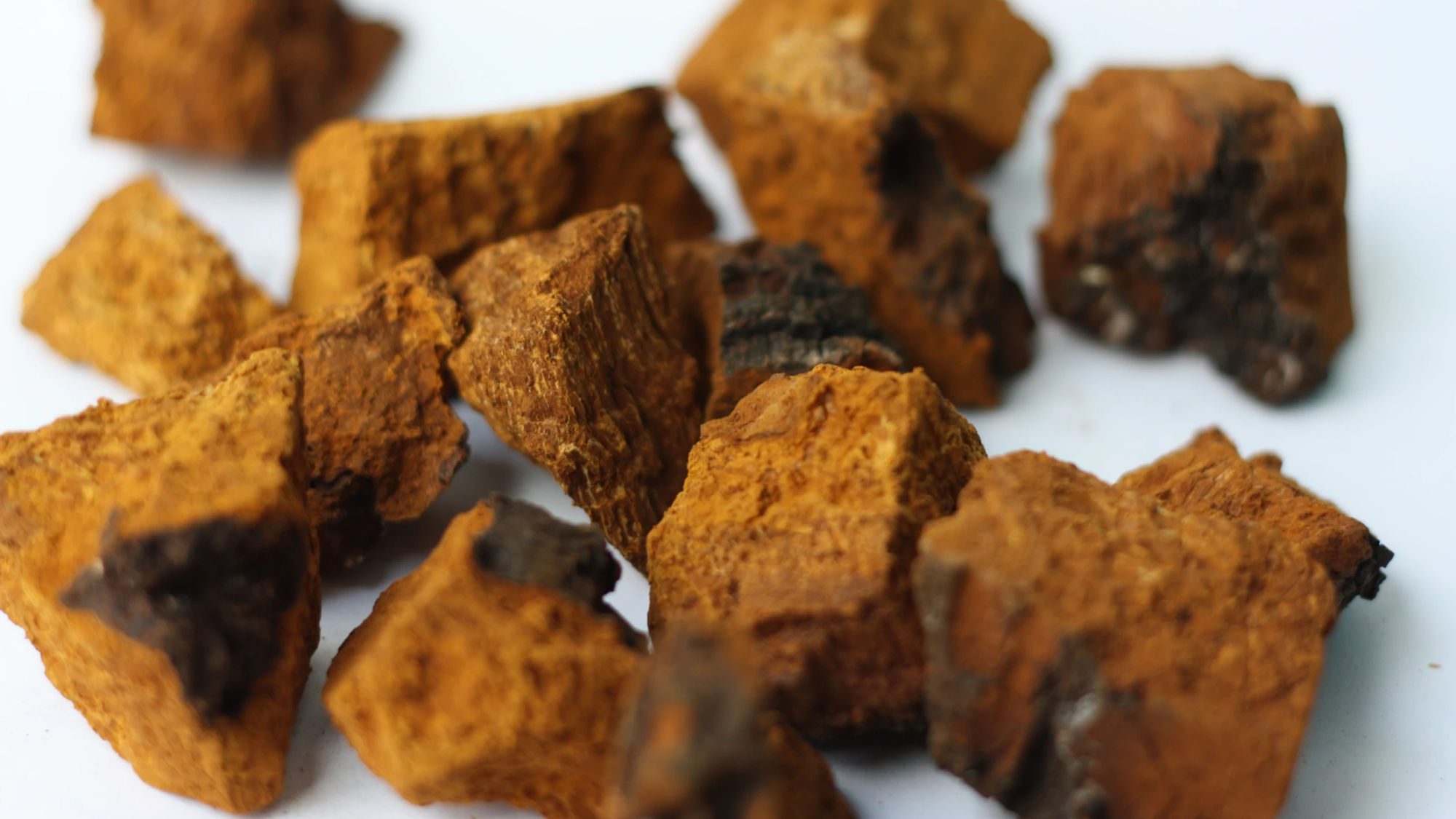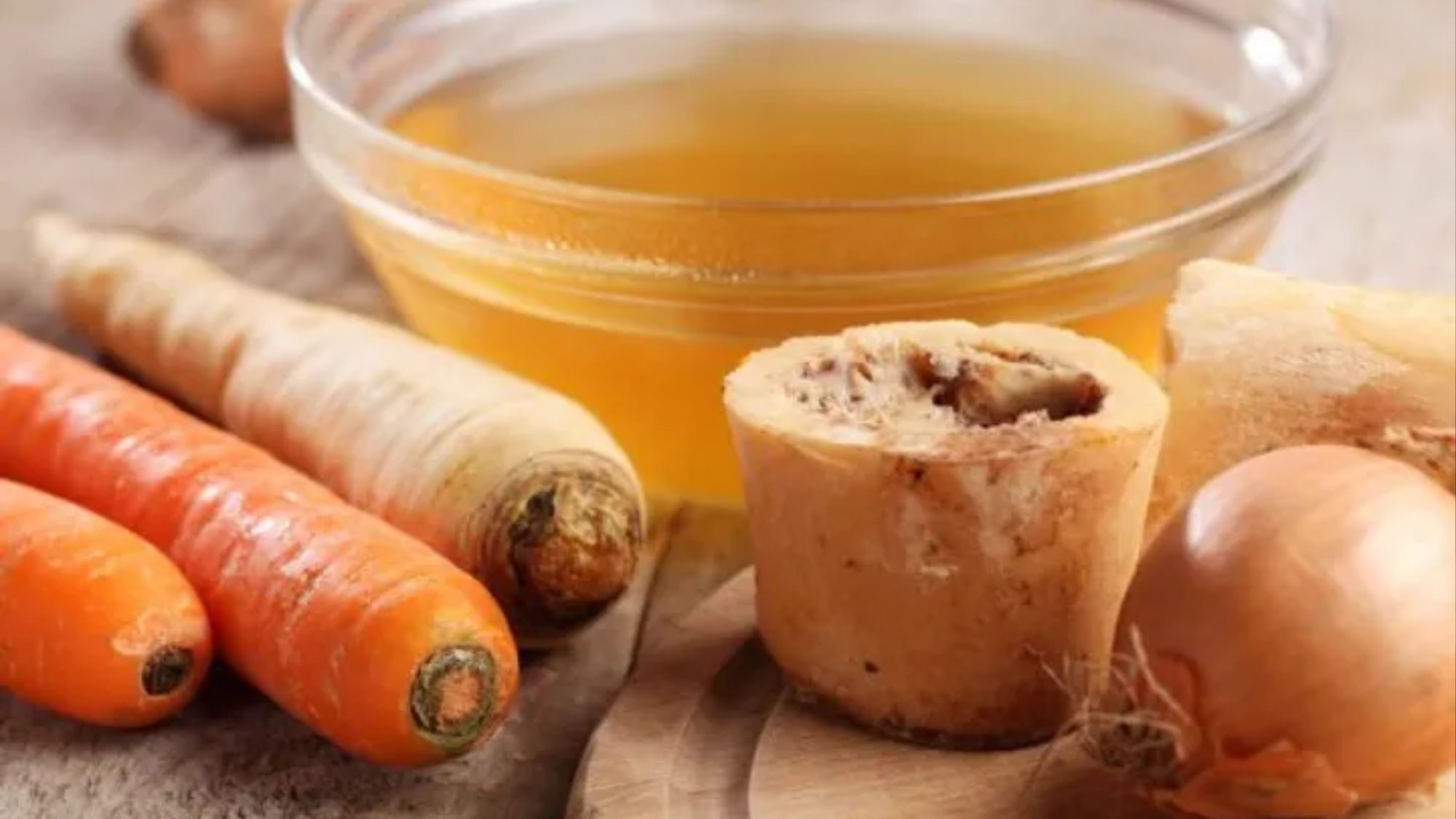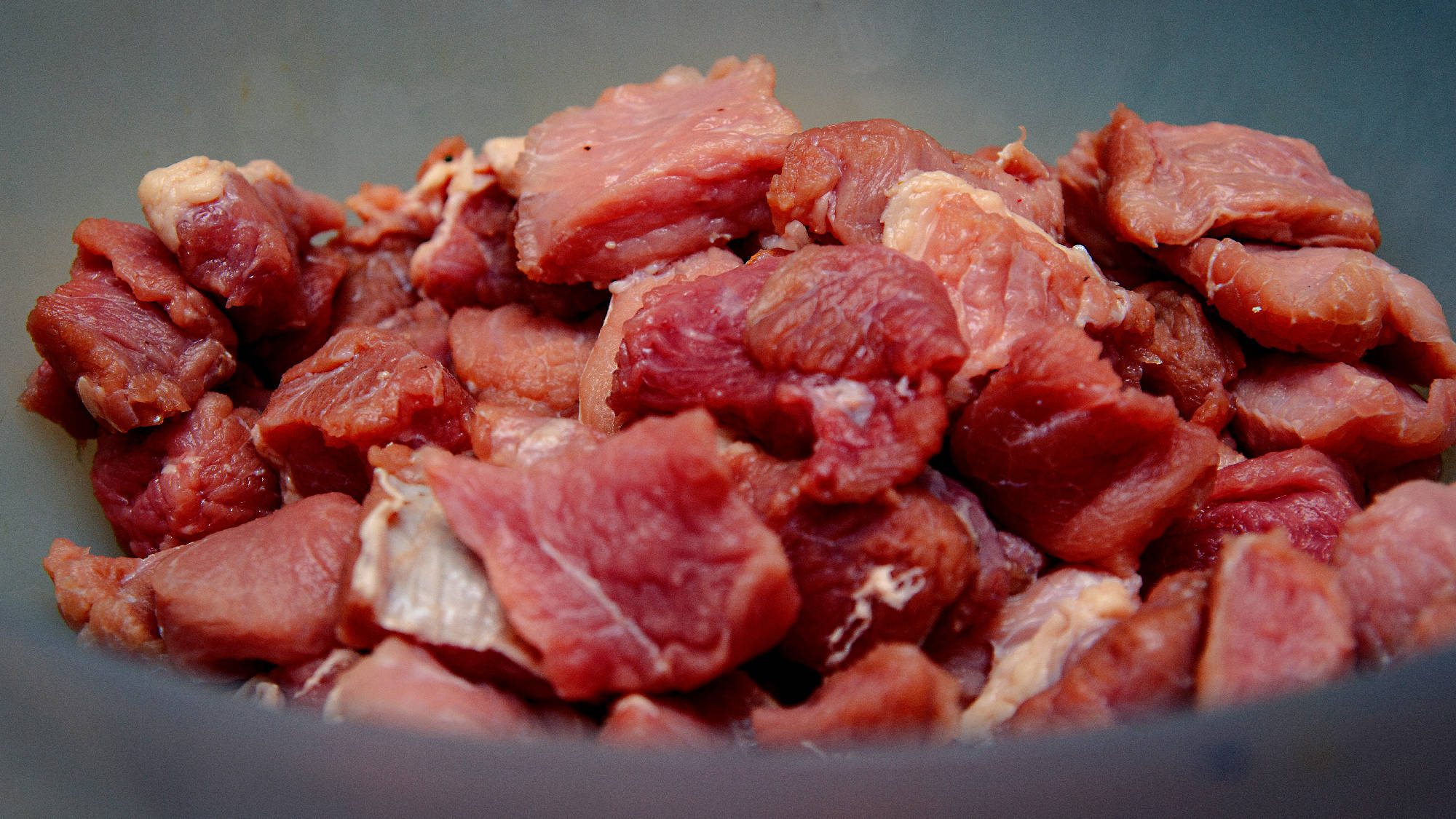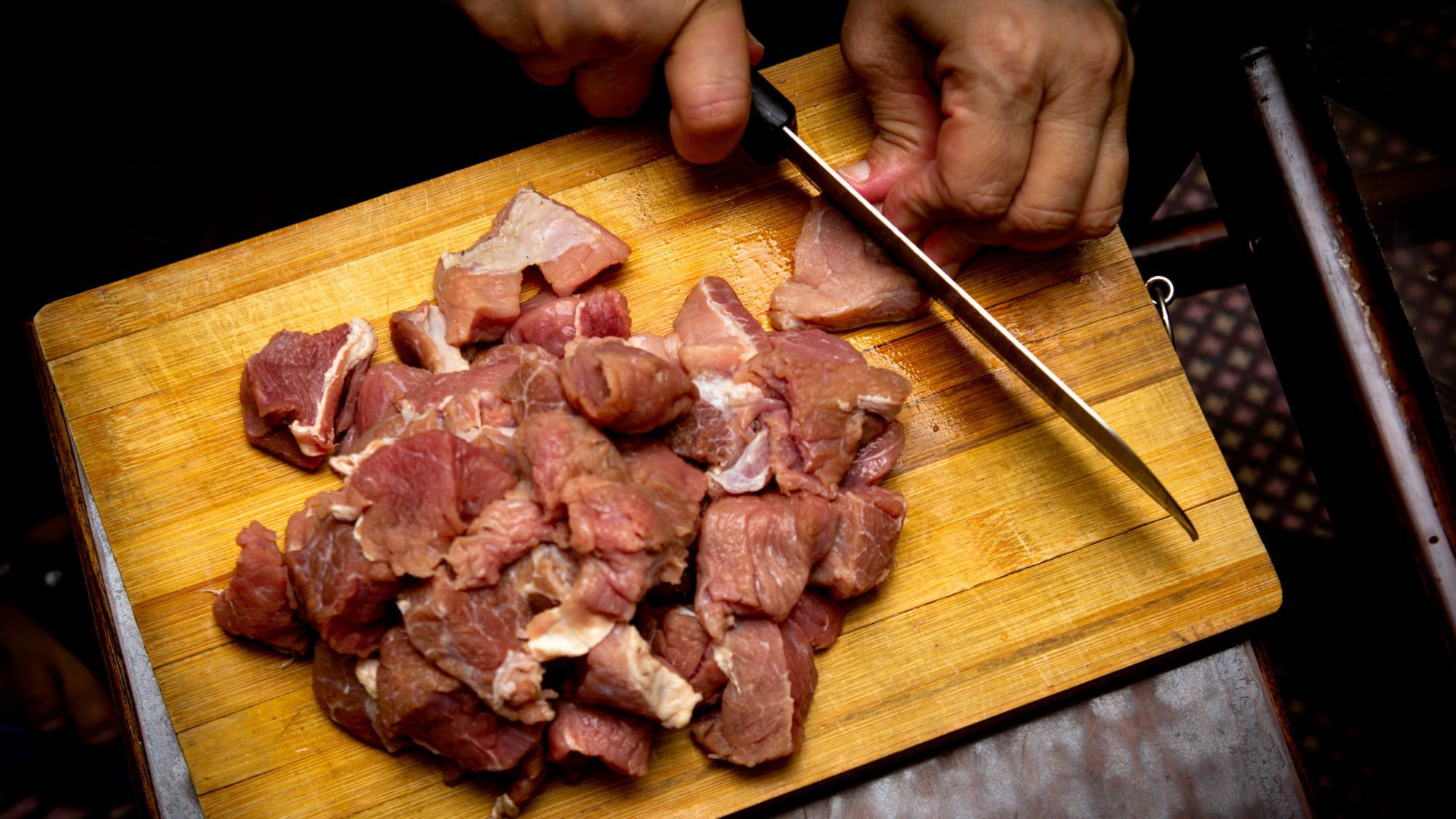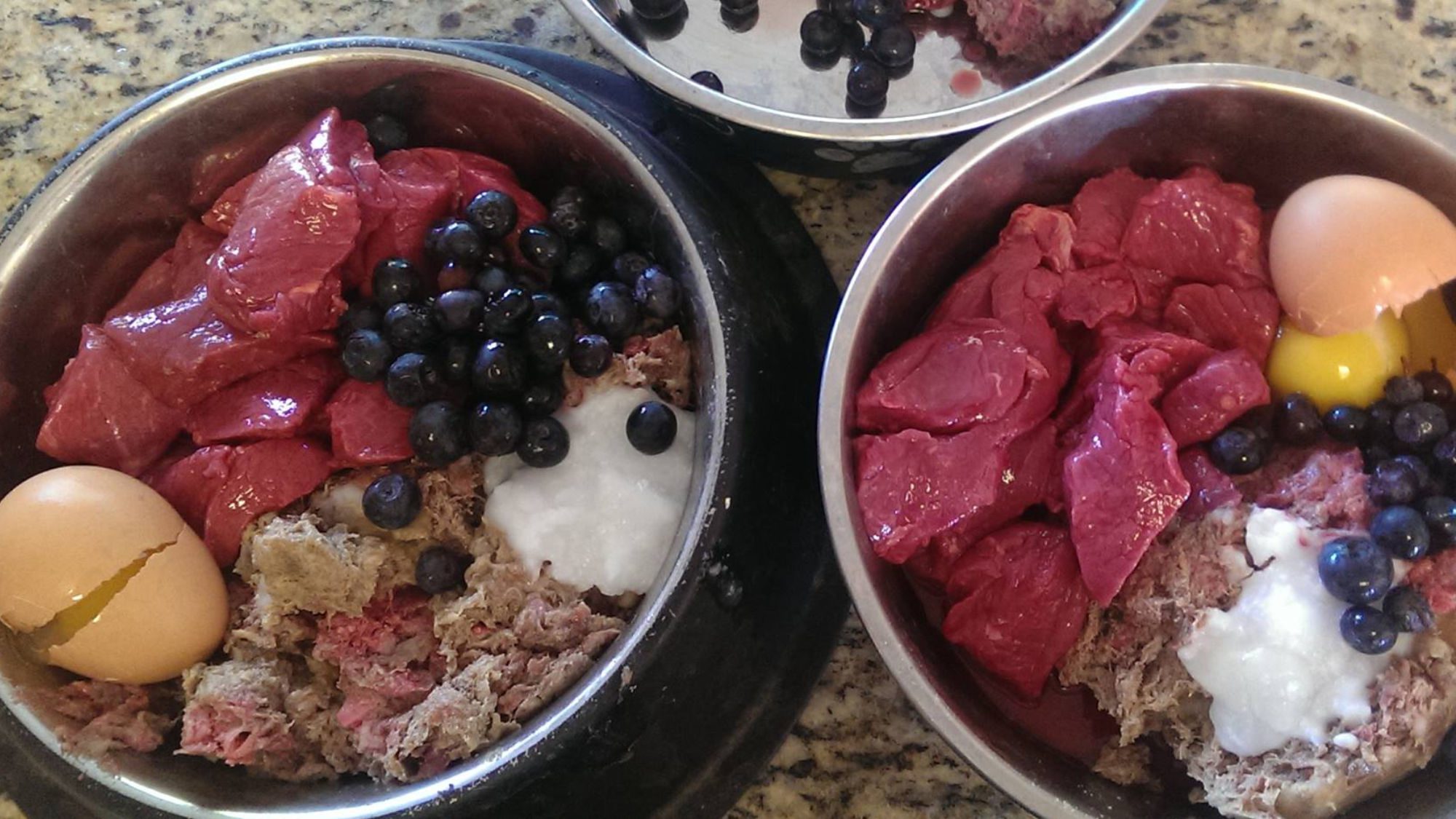Dogs are family too, so wouldn’t it be great if you could feed them like family? You can, when it comes to vegetables.
Feeding vegetables is a great way to keep your dog healthy while also reducing costs and extra trips to the store to buy pet food.
Just like us, dogs require a variety of organic foods and nutrients for a balanced diet. Veggies are rich in fiber, minerals, antioxidants, enzymes, and phyto-nutrients not found in meat. It is important to feed your dog different kinds of vegetables, as each type offers its own array of nutrients.
Table of Contents
- What Vegetables Can Dogs Eat?
- How Much Vegetables Should a Dog Eat?
- What Fruits and Vegetables are Toxic for Dogs?
- How to Prepare Vegetables for Dogs
- Healthy for Us, Healthy for Dogs
What Vegetables Can Dogs Eat?
Dogs can enjoy a variety of vegetables as part of a healthy diet, offering them essential nutrients and health benefits. From kale’s bone-supporting vitamins to the digestive aid of sweet potatoes, incorporating these veggies can enhance your dog’s well-being. Here’s a closer look at some dog-friendly vegetables and their advantages:
1. Kale
Benefits: Kale’s key vitamins like K, A and Iron provide bone health, proper vision and immune function, fetal development, and energy metabolism.
2. Spinach
Benefits: Spinach contains potassium, magnesium, and vitamins B6, B9 and E. It also contains high amounts of carotenoids, vitamin C, vitamin K, folic acid, iron, and calcium.
3. Carrots
Benefits: Carrots contain vitamin A from beta-carotene), biotin, vitamin K, potassium and vitamin B6.
4. Green Beans
Benefits: Green beans are full of important vitamins and minerals, such as iron, calcium, and vitamins B6, A, C, and K. Green beans are also low-calorie and rich in fiber, which can help dogs feel full.
5. Broccoli
Benefits: Broccoli contains a huge variety of vitamins, including vitamin K, vitamin C and potassium, which improve bone density, battle diseases, and improve heart health in dogs.
6. Beets
Benefits: Beets provide vitamin C, fiber, folate, manganese, and potassium. These nutrients help your dog’s digestion and immune system and supports a healthy skin and coat.
7. Celery
Benefits: Celery offers many vitamins including A and C, which are antioxidants that will help keep your dog young and healthy.
8. Cucumber
Benefits: Cucumbers have lots of phytonutrients and antioxidants, which offer your dog anti-inflammatory benefits.
9. Yams /Sweet Potatoes
Benefits: Sweet potatoes are great for digestive health because they are high in fiber. They contain vitamin B6, vitamin C, and manganese, plus they are rich in the antioxidant beta-carotene.
10. Butternut Squash
Benefits: Butternut squash contains lots of vitamins and minerals like A, C, B6 and more which help your dog’s immune system, vision, and cardiovascular function.
How Much Vegetables Should a Dog Eat?
Even though vegetables are great for your pet, keep veggie content to less than 10 percent of your dog’s diet. Too many vegetables will lead to issues, such as negatively changing the gut flora, or increasing alkalinity, which would cause kidney issues. When it comes to healthy diets, moderation and balance are key.
What Fruits and Vegetables are Toxic for Dogs?
A few fruits and vegetables, though they are good for humans, can be toxic for your pet. Avoid giving your dog any of these:
- Grapes, raisins, and currants. Even a few of these fruits can cause severe kidney damage in your pooch. Keep the grapes far away.
- Aromatics like onions and chives. These can wreak havoc on your dog’s blood cells, which could cause low iron levels and harm to their kidneys.
- Persimmons, peaches, plums, apricots, and cherries. The seeds in persimmons can cause inflammation of the small intestine if consumed by your dog. Similarly, the seeds or pits in peaches, plums, apricots, and cherries contain cyanide, which is poisonous for both humans and dogs. The meat of the fruit itself is not harmful if it contains no toxic seeds (see above). If you decide to cut bits of fruit for your dog, it should be fine.
- Mushrooms. Store-bought mushrooms are fine for dogs to consume, but avoid feeding wild mushrooms as they may be toxic. If your dog has eaten a toxic mushroom, they may begin to exhibit symptoms such as wheezing, vomiting, diarrhea, and changes in heartbeat. At its most severe, ingesting toxic mushrooms can cause organ failure, seizures, and comas in dogs.
- Rhubarb. Rhubarb also contains oxalates and consuming this type of plant can cause problems with your pet’s nervous system, digestive tract, and kidneys. Rhubarb can also reduce the calcium in your dog, causing renal failure and other health issues.
If your dog has eaten any of these foods, take them to the vet or emergency clinic immediately.
How to Prepare Vegetables for Dogs
The way you prep the vegetables is just as important as the vegetables themselves. Chop small enough so your dog cannot choke. For optimal benefits, the veggies will be pureed – see below. Veggies make a great snack or treat if your dog does not have trouble digesting them.
Here are some simple prep methods:
Blanching
Submerging vegetables quickly in boiling hot water and then very cold water, also known as blanching, is a great option for preparing vegetables. Blanching cleanses the surface of vegetables of dirt while allowing the retention of both vitamins and flavor. It is also a healthy alternative for humans because no cooking oil is needed.
Steaming
Steam is an excellent method for cooking veggies that does not require submerging them in boiling water. Steaming will cook the vegetables through, while still preserving the bright color and flavor, and much of the nutrient content.
Pureeing
For maximum benefits and digestibility, veggies can be blended to a raw puree. Some vegetables, such as celery and spinach, do not need to be cooked before blending. Root vegetables like carrots and sweet potatoes should be blanched or steamed to make blending possible. Pureeing the vegetables breaks down the cell walls of the plant material, making them easier for dogs to digest.
Freezing
Cooking vegetables in large batches and storing them in the freezer is a great way to save time and effort. After pureeing, put the veggies in an ice cube tray, and just grab a cube when you are in a hurry! Simple, and healthy.
Healthy for Us, Healthy for Dogs
Vegetables can be a tasty treat for both you and your dog. Test out some of the approved veggies to see the health benefits for the whole family, including your pup.



